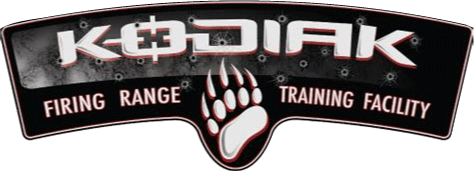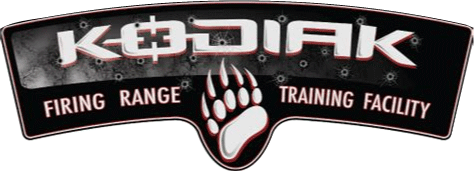“Static training does not prepare you for chaotic violence” is a profound quote that paints a clear picture of the distinction between routine, static training methods and the unpredictable, often chaotic reality of violent situations. This principle, while applicable to many scenarios, is particularly relevant to fields such as law enforcement, military training, emergency response, martial arts, and even to some extent in sports. In this blog, we will delve into the depth of this quote to illuminate the necessity for dynamic training methods.
The Illusion of Control in Static Training
Static training often takes the form of repetitive drills, memorized tactics, or choreographed routines. It presents a controlled environment where variables are limited and known. In such settings, practitioners can perfect their techniques, build muscle memory, and develop a solid foundation. However, this method’s pitfall lies in its predictability. Static training can offer an illusion of control over one’s environment that chaotic violence seldom allows.
Chaotic violence, on the other hand, is dynamic, unpredictable, and intensely stressful. It is defined by its lack of pattern or predictability. Responses that work in one situation might be disastrous in another. The variables are countless and ever-changing. Attempting to apply rigidly learned tactics in such scenarios can lead to confusion, hesitation, or worse, failure.
The Need for Dynamic Training
In the face of chaotic violence, adaptability becomes a crucial survival tool. This adaptability, however, can’t be cultivated in a static training environment. As the quote implies, preparation for chaotic violence requires dynamic training—training that mimics the unpredictable and ever-changing conditions of real-world violent encounters.
Dynamic training includes scenario-based drills that test decision-making skills under stress, encourage creativity and adaptability, and cultivate mental and emotional resilience. The goal is not just to prepare the body but also the mind, to think, adapt, and react effectively amidst chaos.
Embracing Uncertainty and Imperfection
Another vital aspect that this quote subtly implies is the acceptance of uncertainty and imperfection. In a static training environment, there’s often an urge to execute every move perfectly. However, in the face of chaotic violence, perfection is a luxury that you can seldom afford. Survival in such scenarios relies on effective, not perfect, responses. The willingness to make mistakes, learn, and adapt quickly is a valuable skill set that can make all the difference.
The Merits of Static Training and The Need for Dynamic Validation
Despite its limitations in preparing for chaotic violence, static training holds significant value in the training environment, particularly in the context of isolated skills and drills. It provides the foundational structure that allows us to understand, practice, and refine individual techniques. It’s the cornerstone of learning and mastering any skill.
For example, in martial arts, a student first learns static forms and practices them repetitively until they are ingrained into muscle memory. Similarly, in law enforcement or military training, officers learn tactical maneuvers or weapon handling in controlled, predictable settings before they are expected to use them in real-world situations. The principle applies equally to sports, where athletes drill basic techniques to the point of instinct before employing them in the dynamic context of a game.
Static training allows for safe learning environments where the potential for injury or error is minimized. It provides a platform for correction, feedback, and repeated practice. It’s the stage where we build confidence in our abilities and understand the principles underpinning the skills we’re learning.
However, static training forms only part of the equation. Isolated skills and drills learned through static training must eventually be tested against opposing forces and wills. Without this crucial step, we risk remaining in the realm of theory and ideal conditions, disconnected from the unpredictable dynamics of reality.
This is where dynamic training comes into play. After mastering individual skills through static training, these skills need to be challenged and validated in an environment that more closely mirrors the unpredictable and chaotic situations they’re intended for. This may involve sparring in martial arts, simulation exercises in military training, or live games in sports.
These dynamic training environments introduce elements of unpredictability, stress, and resistance, forcing us to adapt and apply our skills in novel and challenging ways. We learn to make rapid decisions under pressure, adjust our strategies in response to changing circumstances, and find creative solutions to unforeseen problems.
The push and pull of opposing forces and wills provide a robust stress-test for the skills learned in static training. It reveals areas of weakness that need further work, and strengths that can be further developed. It forces us to grow and adapt in ways that static training alone cannot.
In essence, while static training offers us the tools and the foundation, dynamic training offers us the arena to test, validate, and refine those tools under realistic conditions. The combination of the two provides a holistic training approach that readies us for the unpredictable and chaotic nature of violent encounters, sports, and indeed life itself.
-Spartan Dynamics LLC

